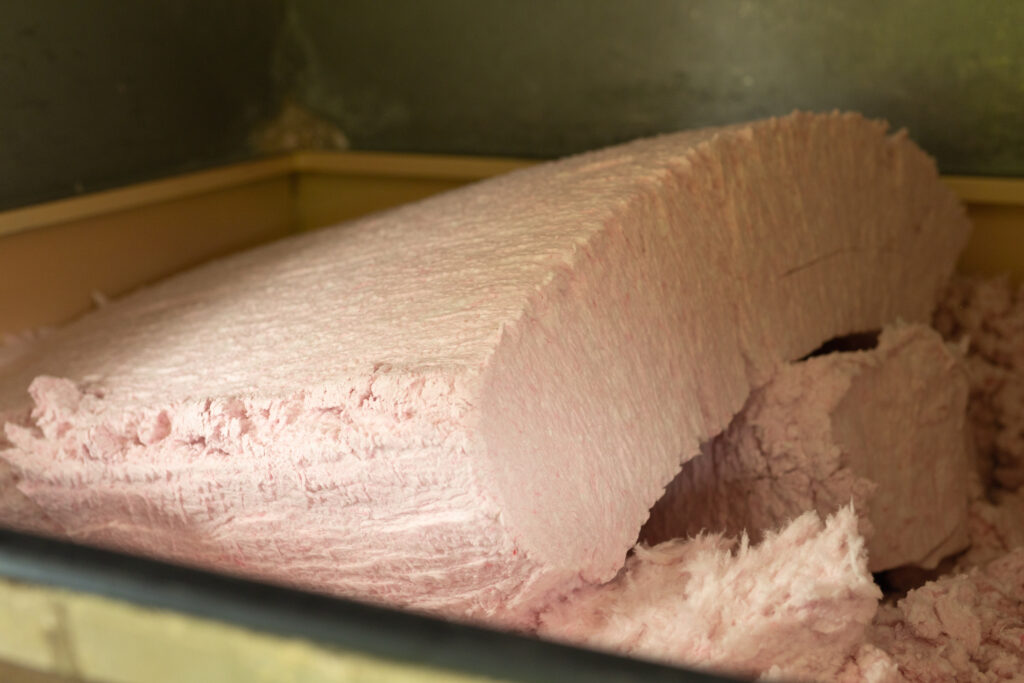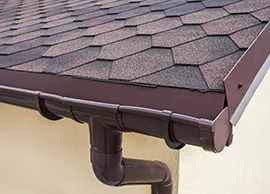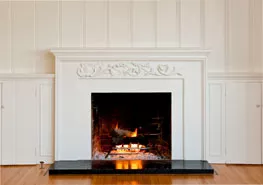Proper insulation is essential for keeping your home comfortable. It helps keep warm and cool air inside instead of leaking out through your walls and roof.
Improper or insufficient insulation can lead to higher energy bills and a less comfortable home. Proper insulation can improve your home’s energy efficiency.
Fiberglass insulation needs to be covered in any occupied area of the home because it can enter the air and end up in your eyes, lungs and skin. If you have exposed fiberglass insulation in a common area of your home, you need to cover it — but drywall isn’t the only solution.
In Florida, having the right insulation is important to stay cool in the hot, intense summers and the humidity throughout the year.
The Problem With Exposed Fiberglass Insulation
Exposed fiberglass insulation particles can be damaging to your health. Fiberglass is made of spun glass fibers held together by a binding substance. Up close, fiberglass looks like strings and fibers.
This material is irritating to the human body and can cause health problems. If you have exposed fiberglass insulation, it’s best to cover it to prevent the fibers from spreading in the occupied areas of your home.
Unoccupied or low-traffic areas of your home, like a closed attic, don’t necessarily need to have covered insulation.
DIY Solutions for Covering Insulation Without Drywall
If you’re interested in DIY solutions for covering insulation, there are plenty of ways to do so. Whichever method you choose, make sure the material is permeable so it won’t trap moisture. Trapped moisture in insulation can lead to mold and mildew growth, which poses health hazards.
Insulation Covers
Insulation covers are protective layers designed to cover insulation materials. They provide thermal efficiency, moisture protection, mechanical protection, safety and acoustic insulation.
To measure for insulation covers, make sure you measure the dimensions of the area you intend to cover, including length, width and height. Consider any obstructions or irregularities that may affect the fit.
To make your insulation covers more effective and aesthetically pleasing, you can:
- Choose high-quality materials
- Customize your solution to fit your space
- Add reflective surfaces to enhance thermal performance
- Choose covers with aesthetic finishes or colors
- Perform regular maintenance
- Choose materials with enhanced durability
Fabric Panels
Fabric panels are a cost-effective way to cover exposed insulation. They’re an alternative to traditional wall materials and can help improve a room’s acoustics. Any kind of permeable fabric will work, and they’re easy to install.
Stretch fabric over a wooden frame or directly on the wall surface. Secure the fabric in place using staples, adhesives or fabric tacks. Since fabric comes in many styles, colors, textures and patterns, you can customize your panels to suit your home’s aesthetic.
Foam Board Insulation
Foam board insulation is a rigid insulation material used to improve thermal efficiency. It’s lightweight and can be installed in many areas that need insulation or insulation covers.
Foam board has high thermal efficiency, energy efficiency and moisture resistance. It’s also durable and easy to install.
To install foam board insulation:
- Prepare the surface by making sure it’s clean, dry and free from dust or debris.
- Measure and cut the foam board to fit the area.
- Fit and secure the foam board with minimal gaps. Use adhesive, mechanical fasteners or both.
- Seal joints and gaps with insulation tape, sealant or foam spray.
- Finish the surface to give it a seamless appearance.
Choose IBP of Tampa for Insulation Cover Solutions
While insulation is vital for your home, it can be dangerous to your health if not properly installed. If you don’t feel comfortable covering it or installing insulation covers, call Installed Building Products of Tampa. We’re your local attic insulation contractors who can resolve your insulation problems.
Learn more about our insulation and home renovation services.
Make your home more comfortable with proper insulation. Contact IBP of Tampa today



